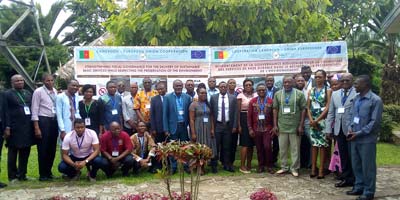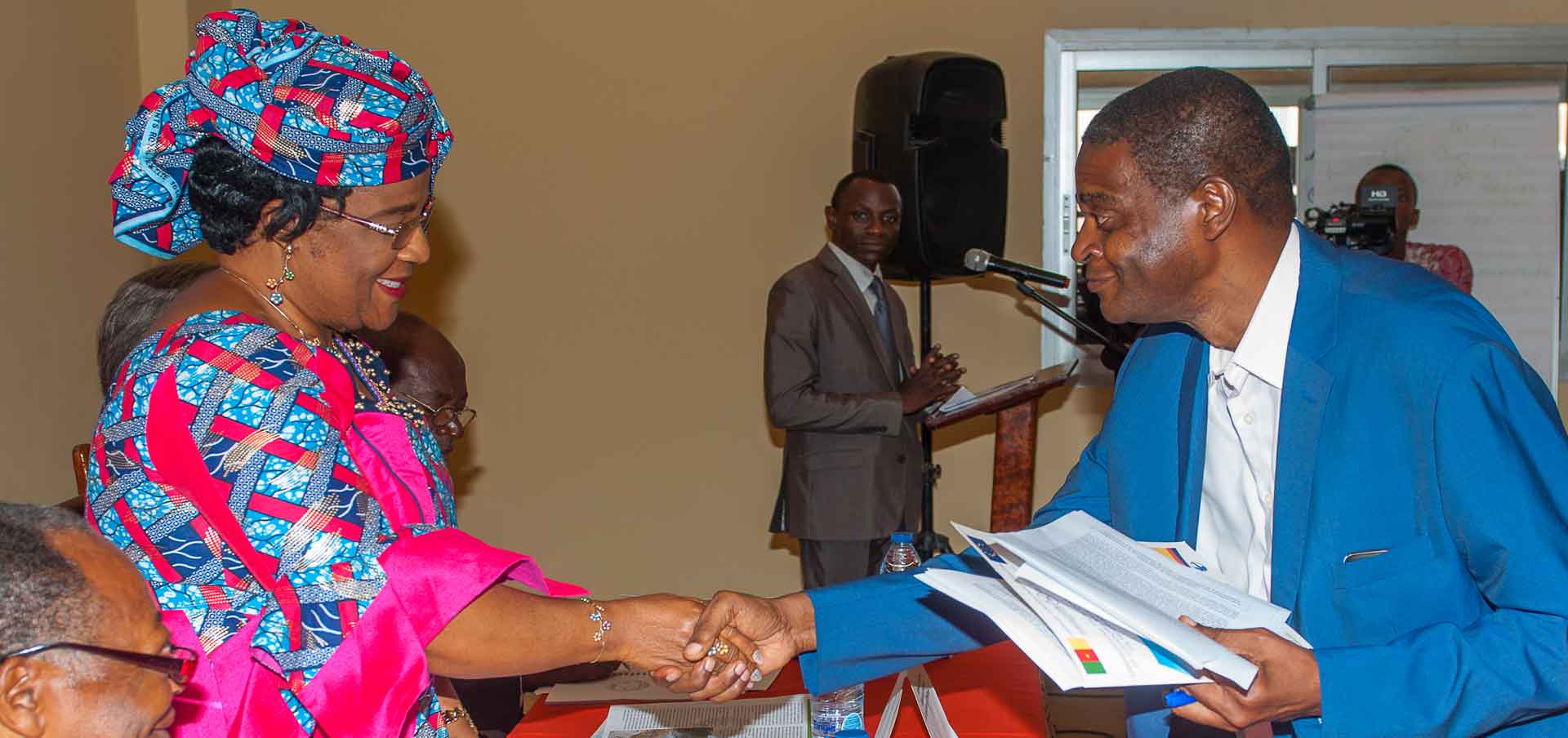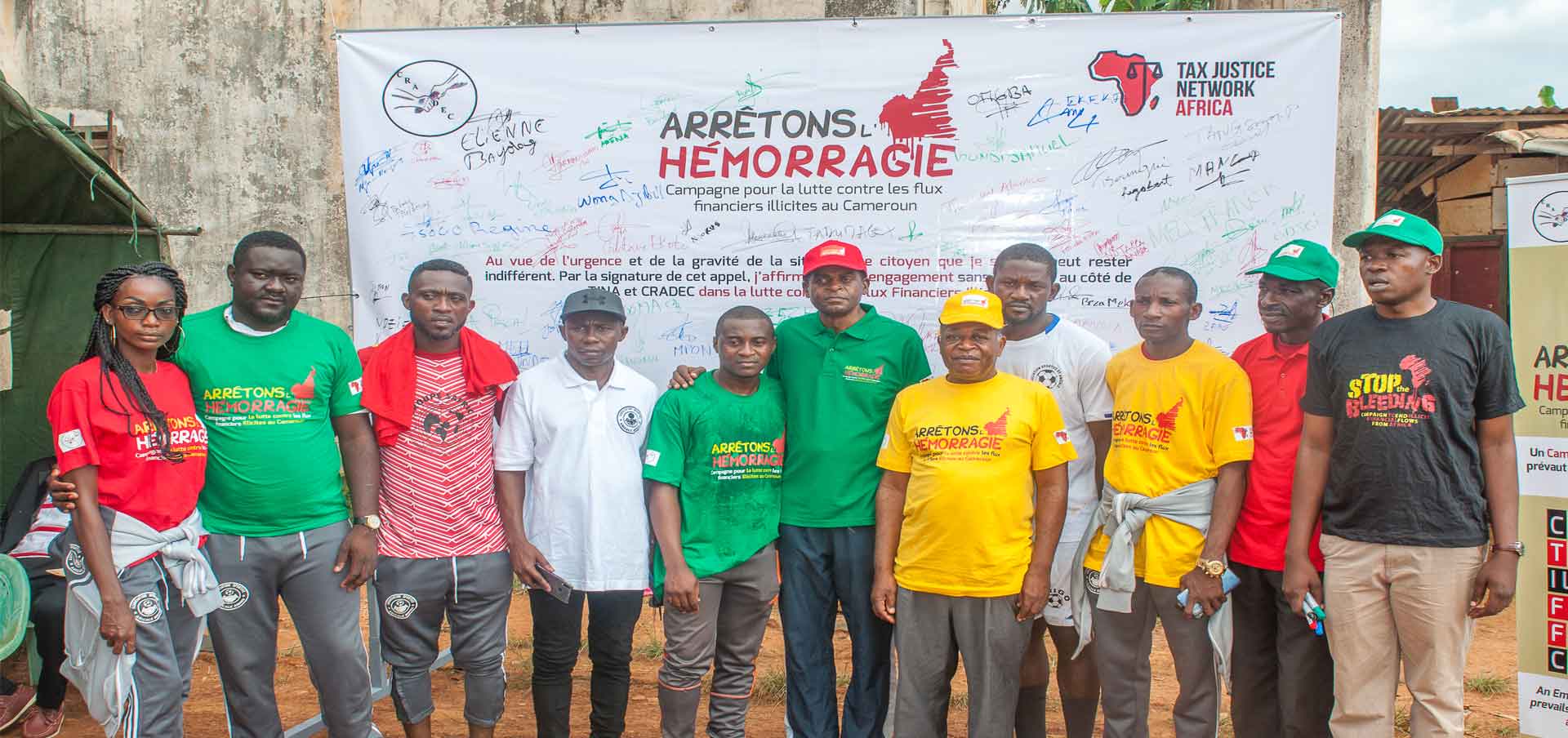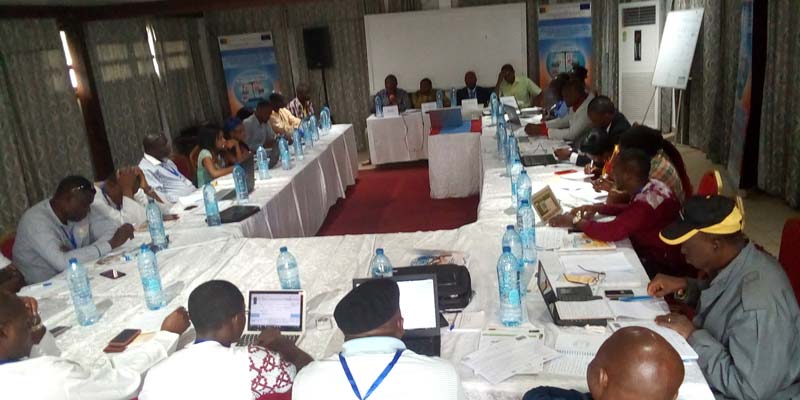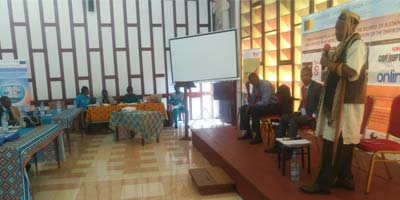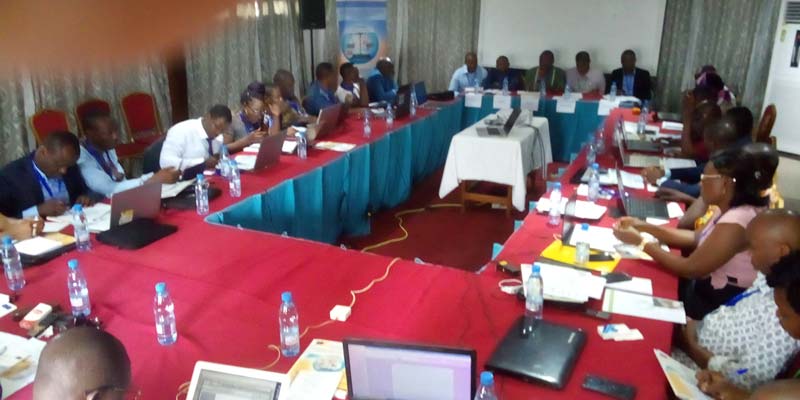How then can we guarantee a mining sector that respects workers' rights? What legal and institutional frameworks and mechanisms should be put in place to address child labour in mining in Cameroon? What actions should be taken to ensure the protection of labour rights and the establishment of safe workplaces? How can we enable mine workers to turn their activity into a real productive occupation that contributes effectively to their development and that of the entire nation?
Here, in a non-exhaustive way, are some questions which furnished the exchanges during the second conference debate around the theme: "Youth, Decent Employment and the Mining Sector in Cameroon", in which the Cameroonian youth strongly mobilized on the occasion of the 56th edition of the Youth Day in Cameroon this Friday, February 18, 2022. While the government intends to launch several large-scale mining projects in the near future, this workshop aimed to contribute to the full realization of SDG 8 in the mining sector in Cameroon.
As part of the implementation of the action entitled "Strengthening budgetary governance for the provision of sustainable basic services while respecting the preservation of the environment", an action carried out by the Africa Development Interchange Consortium Network (ADIN), Afroleadership, African Regional Center for Endogenous and Community Development (CRADEC), World Youth Dynamics (DMJ) and Transparency International – Cameroon (TI-Cameroon), this conference debate follows the 1st edition 2021 on the theme “Understanding the gender dimensions of the illicit economy in Cameroon”.
As a Central African country, Cameroon is considered to have a high mining potential. Moreover, following exploration activities carried out as part of the geological and geochemical mapping programme of Cameroon at a scale of 1:200,000 within the framework of the Precasem project, geochemical prospecting has led to the identification of more than 1,500 anomalies ( indexes of the presence of minerals), including a significant number of gold occurrences. Unfortunately, this potential remains untapped. As can be seen from the EITI reports, the mining sector contributes less than 1% to the national GDP. It is therefore understandable why the government has included this sector as one of its pillars for the achievement of emergence by 2035, as the strategy presented by the Ministry of Mines clearly demonstrates.
Engaged in a process of achieving the Sustainable Development Goals (SDGs), in addition to the above-mentioned ministerial strategy, it emerges from the review of the Growth and Employment Strategy Paper (DSCE 2009-2020) on one hand and the National Development Strategy (SND30) on the other hand, that through the valorisation of its mineral resources, the Cameroonian State intends to move from a low-income country to a middle-income country without anyone being left behind during this transition.
To achieve this objective of growth that effectively takes all citizens into account, the government intends to promote employment and economic integration in its SND30. Having identified non-compliance with labour regulations as one of the shortcomings of the employment sector, the government has developed a National Employment Policy (PNE). With the overall objective of "Promoting full and decent employment in Cameroon", the PNE is based on (i) the permanent search for quality employment and respect for international labour standards; (ii) guaranteeing access to employment for all; (iii) promoting and protecting social dialogue; and (iv) protecting and safeguarding the environment.
Based on these pillars, in the specific context of employment in the mining sector, this means that local populations and any other citizen can benefit from the economic, social and environmental spin-offs of these mining activities.
Unfortunately, with an essentially artisanal mining sector (EITI Report 2019), mining in Cameroon is marked by informality and poor optimisation of revenues from this sector. The 2018 EITI report also noted that: «Presently, MINMIDT does not have an exhaustive map of operators and indicators in this sector, mainly due to the decentralisation of the management of authorisations to the level of Regional Delegates and the material difficulties in monitoring this type of activity”.
This situation is hardly conducive to the development of a responsible mining sector that protects and promotes decent employment and consequently the circulation of licit flows due to the respect of certain environmental, social and economic standards as targeted by the PNE. Mining news over the last 4-5 years and especially recently in 2021 has revealed that the mining sector is: (i) plagued by child labour, (ii) characterised by the non-respect of workers' rights (no personal protective equipment, no social protection, no contract, etc.) and (iii) the exposure of women and children to mercury and other toxic products significantly and negatively affecting their health and education.
While SDG 8 is about "decent work and economic growth", this workshop raises the issue of the legality of economic growth in a context where, in relation to the notion of decent work, human rights and child protection in mining are not always respected. And this is an understatement. Indeed, the priorities of this SDG include (i) full and productive employment and decent work; (ii) gender pay gap; (iii) youth unemployment; (iv) elimination of all forms of child labour; (v) protection of labour rights and creation of safe workplaces. Unfortunately, apart from some legal provisions in this regard, in practice, the mining sector does not reflect any consideration of these priorities.




